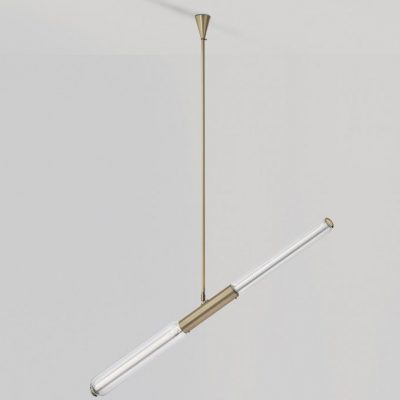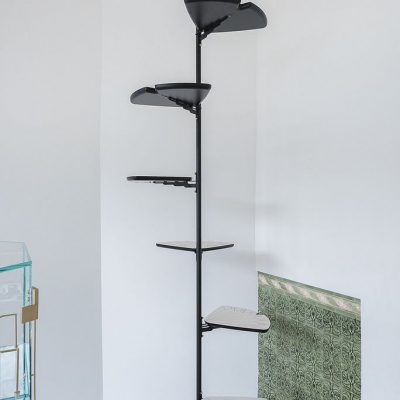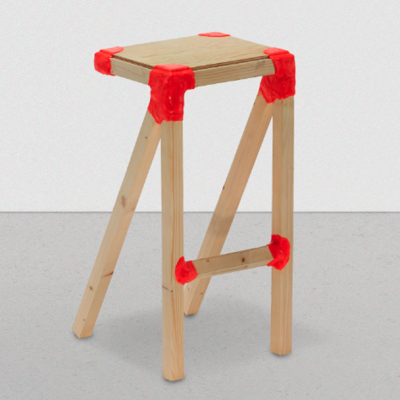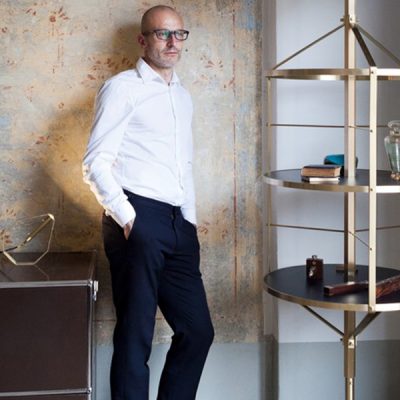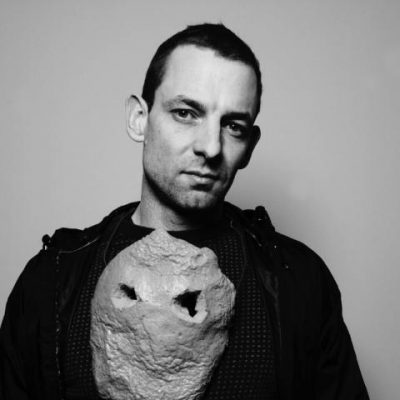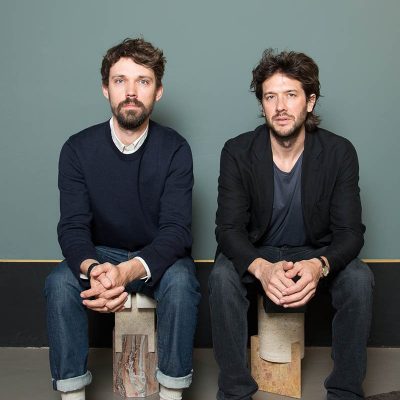“Visibilities are not forms of objects, nor even forms that would show up under light, but rather forms of luminosity which are created by the light itself and allow a thing or object to exist only as a flash, sparkle or shimmer.” Gilles Deleuze
In his books about cinema, and more generally referring to Foucault and Bergson’s theories, Deleuze breaks away from the notion of consciousness as a light that illuminates objects otherwise relegated to darkness. He states, on the contrary, that things shine in themselves without anything to illuminate them, and that our consciousness is actually a secondary formation. He describes it as a sort of opacity that stops or reflects, and so reveals, a light that was already there. If things are more or less assemblages of light, then the regimes of visibility and sayability are historically variable. From this point of view, there is no room for the grand narrative of decline that takes us from the shining things of the Homeric Greeks to the dark times of technological nihilism.
Pietro Russo’s objects, with their forms alluding to the past, their futuristic technologies, and their distinctive way of shining, are a beautiful excuses to recall this philosophy of perception. Purposely unclear in their relation to historical periods and styles, and often not defined in their function, Russo’s pieces stay as proactive objects in the spaces of the contemporary home. Depending on the “lights” you awake in them, their captivating appearance could remain silently powerful or they could stimulate reflections on the nature of a domestic object.
At SEE••DS for the first time, in the frame of the exhibition A Certain Afterglow, Pietro Russo presents his three Daffodils. Neither mirrors nor lamps, they have flower-like heads with deliberately unnatural proportions. These forms seemingly stare into the future, their strange roots planted in the ceiling, possibly drawing from the past. The upside down antennas emit light but, in addition, are openly awaiting the “light” of a possible interpretation.
Ginko and Float come to populate Pietro Russo’s world of extraordinary shining objects. Despite their clear functions as a glass cabinet and a shelving system, they carry blurry suggestions, mixing design languages and altered natural forms in a sculptural statement.
Hypothetical substance is given to the fascinating idea that lights inhabit every single thing.












